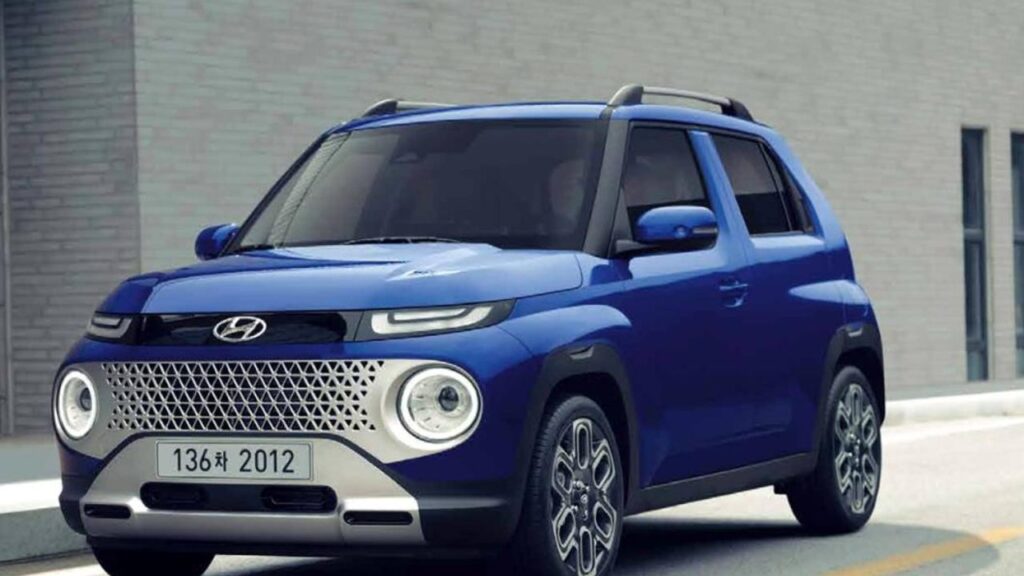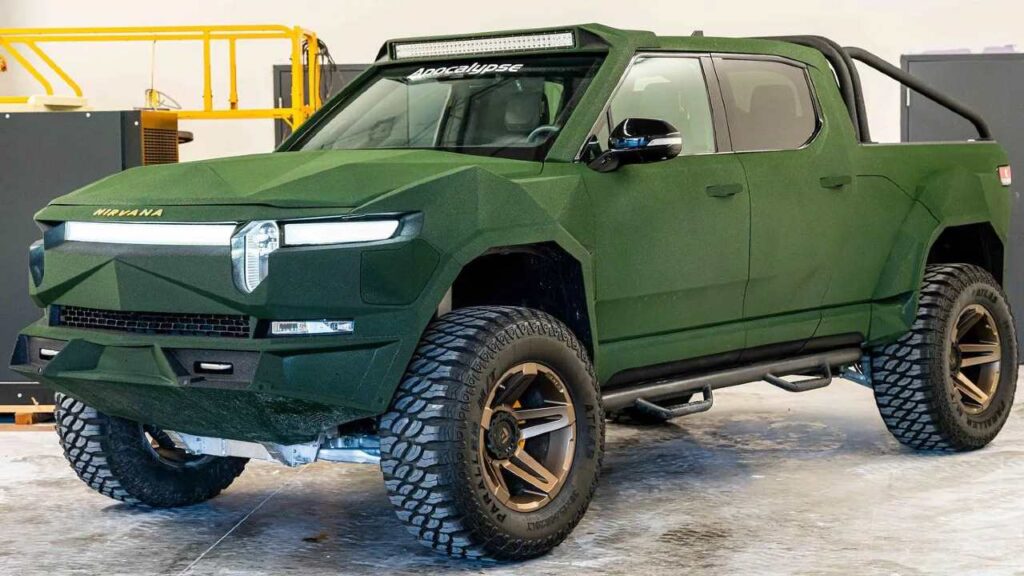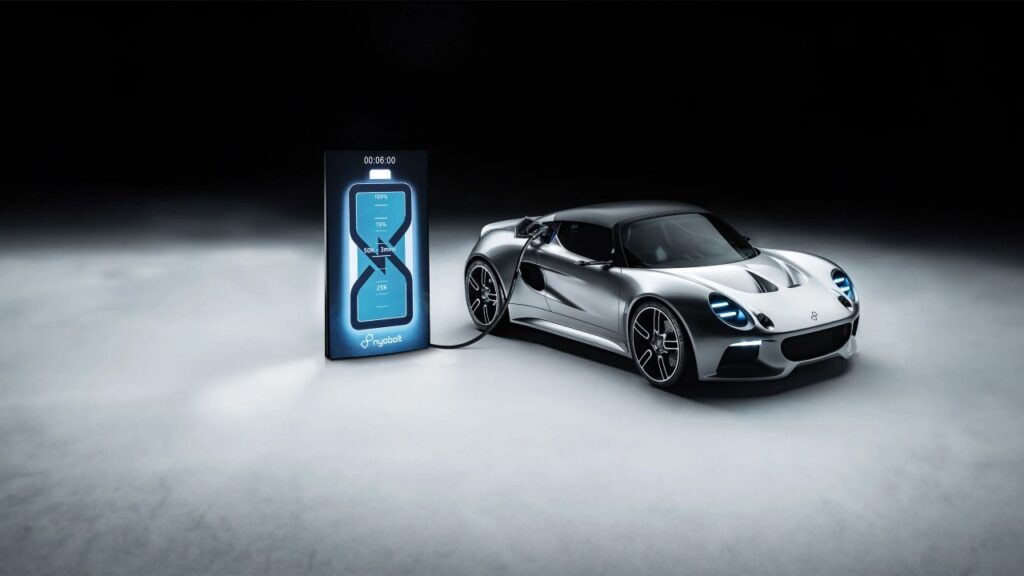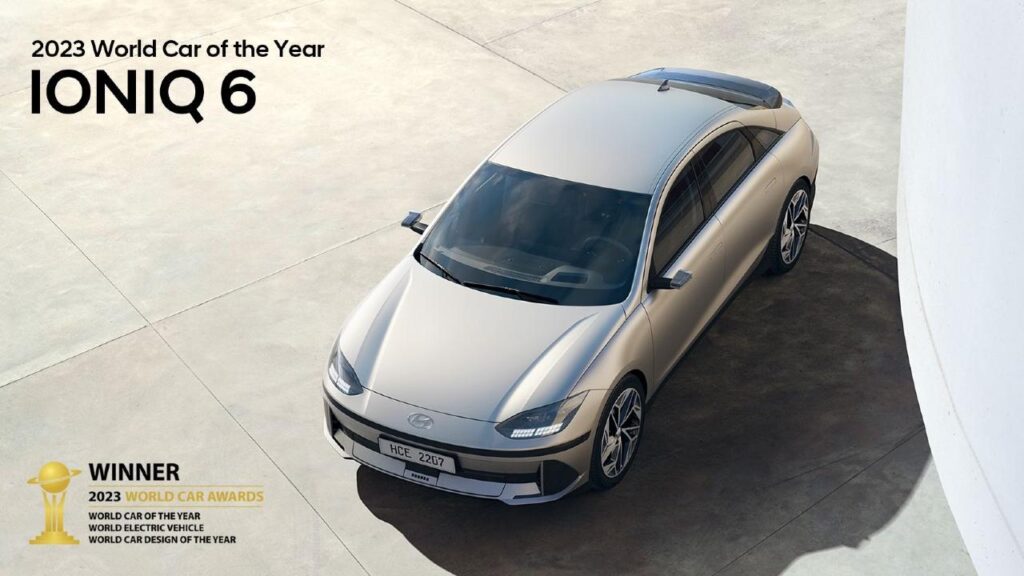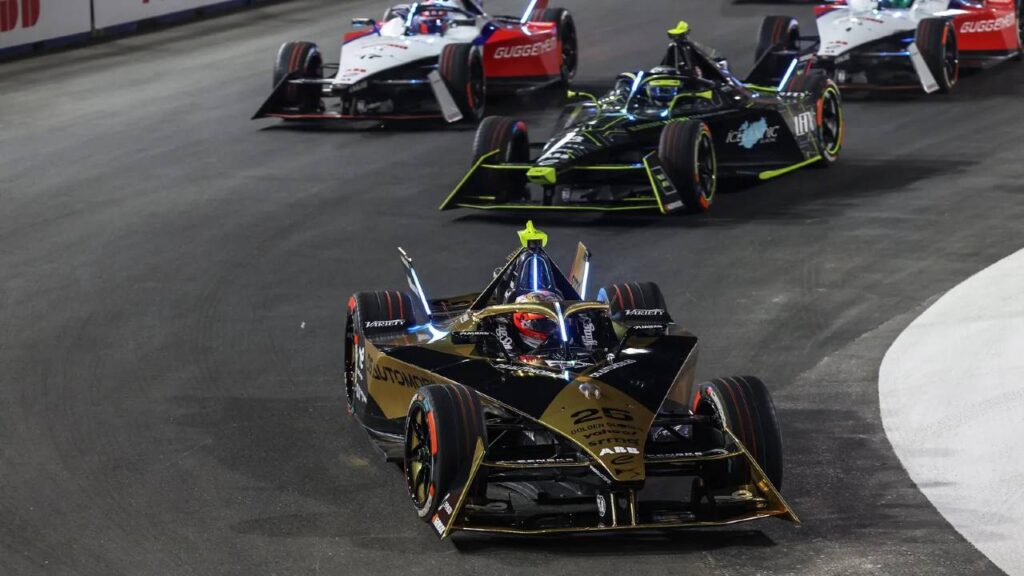Hyundai Plans To Launch A Mini Electric SUV And Electric Van
The Korean automaker is planning to expand its global electric portfolio with diversified EVs. Hyundai is planning to launch an electric mini SUV and Van in the coming months to expand its global footprint. The former is a Casper-sized electric SUV which would become the entry-level EV from Hyundai across many international markets. One of the biggest challenges with the mass adoption of electric cars is their initial prices. Hence, affordable EVs are in huge demand and will also create further demand. On the other hand, it will also launch an electric van for Iveco. It will be based on the global eLCV platform. This would cater to the commercial buyers all across the world. In fact, Hyundai will export it to many international markets. Iveco is a huge player in commercial van segment. This is an unequivocal indication that the Korean car marque wants to leave no stone unturned and offer electrification in all segments of the market and its portfolio. You might also like: Hyundai To Launch New EV Brand In China; Plans 5 EVs In 3 Years Hyundai Plans Electric Mini SUV And Van In its home market, Hyundai already sells Casper as a mini SUV. It is for those who are looking for a compact urban SUV. But it is available with an IC engine. As far as its electric counterpart is concerned, Hyundai could offer it with a length of around 3.9 m (153.5 in). That will be positioned under its current entry level EV, KONA electric. It will focus on being affordable rather than an EV with great performance and long range. Therefore, expect a humble range of around 200-300 km (125 mi to 187 mi) and LFP chemistry. On the other hand, Hyundai will develop the chassis for its upcoming electric van which will be based on the Global Electric Light Commercial Vehicle platform. This platform is capable of carrying loads upto 2.5 tons to 3.5 tons. The low-floor construction makes it ideal for loading and unloading. Iveco will customize the electric vans and distribute them via its network by September this year at the IAA Transportation. It will rival the likes of Ford E-Transit. You might also like: Hyundai Unveils ‘Active Air Skirt’ Tech To Increase EV Range And Power Learn Electric Cars Says Hyundai Motor is clearly aiming to establish its name among the pioneers of electric mobility. In fact, it also sells its Nexo Hydrogen car in the US. In addition, there are tons of hybrid models in its lineup for various markets. We don’t need to tell you about the IONIQ series. It has already gathered monumental laurels from the customers and critics alike. Going forward, Hyundai wants to offer EVs in every segment in most markets. We shall have to wait to see how that pans out.

